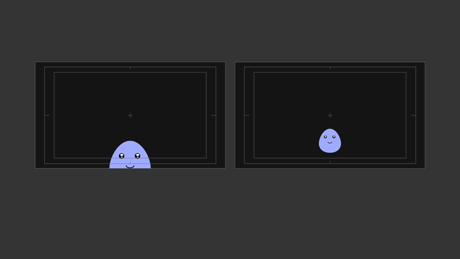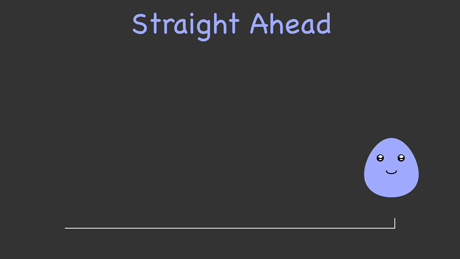Now that we have covered the first two principles in the last article, we are ready to move on to the next two. In this article we will cover “staging” and following that we will cover “straight ahead action and pose to pose”.
“Staging” is the third principle in animation. The purpose of this principle is to focus the audience’s attention and make clear what in any scene is of greatest importance. This is done in a variety of ways, such as where a character is placed in a frame, uses of light and shadow or the angle and position of the viewpoint. This helps keep the audience’s attention on what is relevant and not unnecessary detail.
Below our animator has created an example for the principle of “staging” for you…

The principle of “straight ahead action and pose to pose” is a two part concept. The first part “straight ahead action” refers to drawing out a scene from start to finish. This helps to create the idea of fluid movement in a realistic action sequence. The second part of this concept is “pose to pose”. The process for this is drawing key frames in a sequence and filling in the intervals later. This part is best when composition and relation are of greater importance, for example in dramatic or emotional sequences. Computers are a great advantage with the “pose to pose” portion as they are capable of filling in the missing sequences in between poses automatically. Both parts of this principle are combined in this technique.
The following is an example that our animator created to better show the principle of “straight ahead action and pose to pose”…

In the next article we will cover the next two principles of “follow through and overlapping action” and “slow in and slow out”. Stay tuned!
